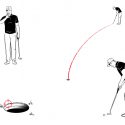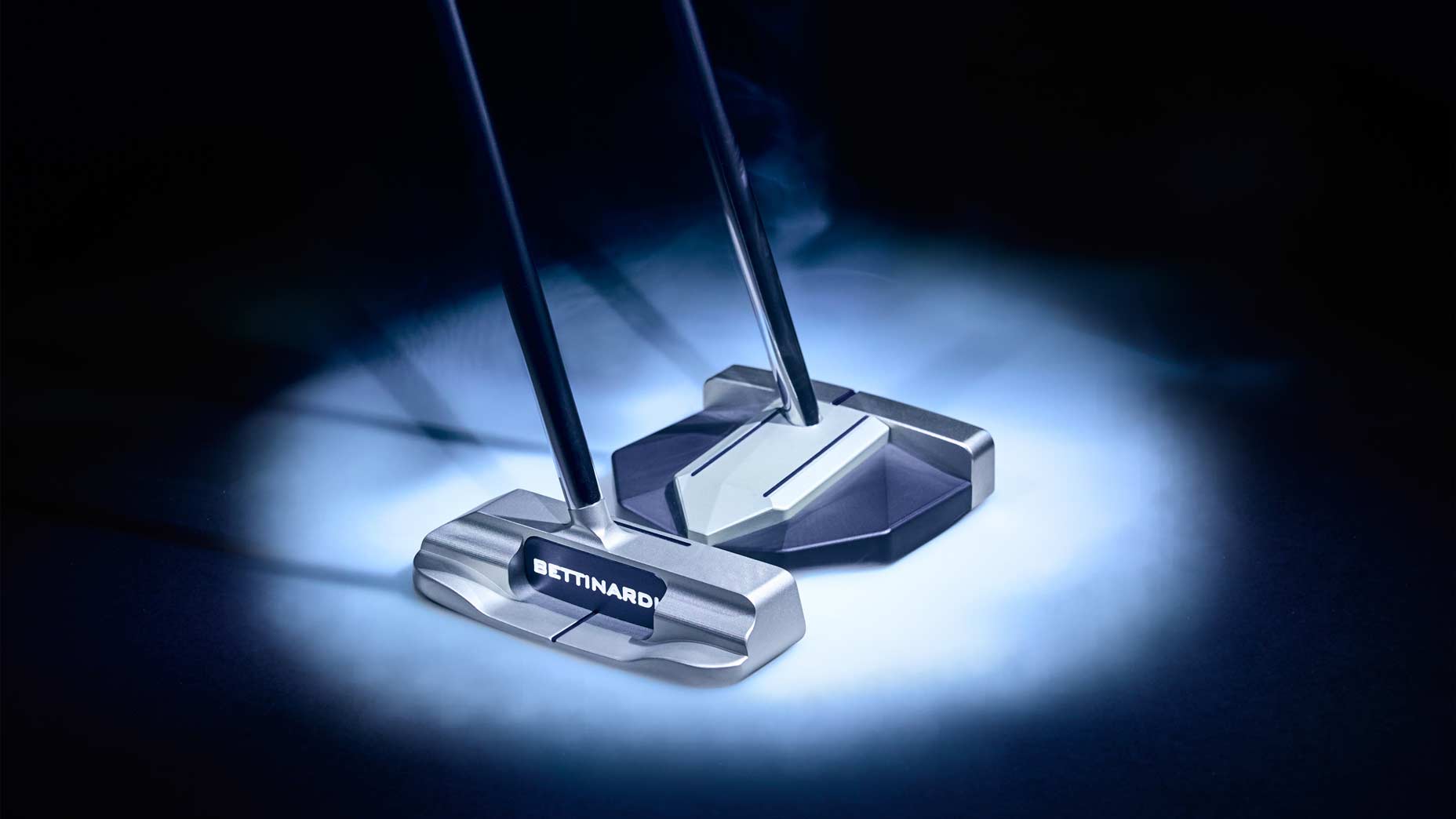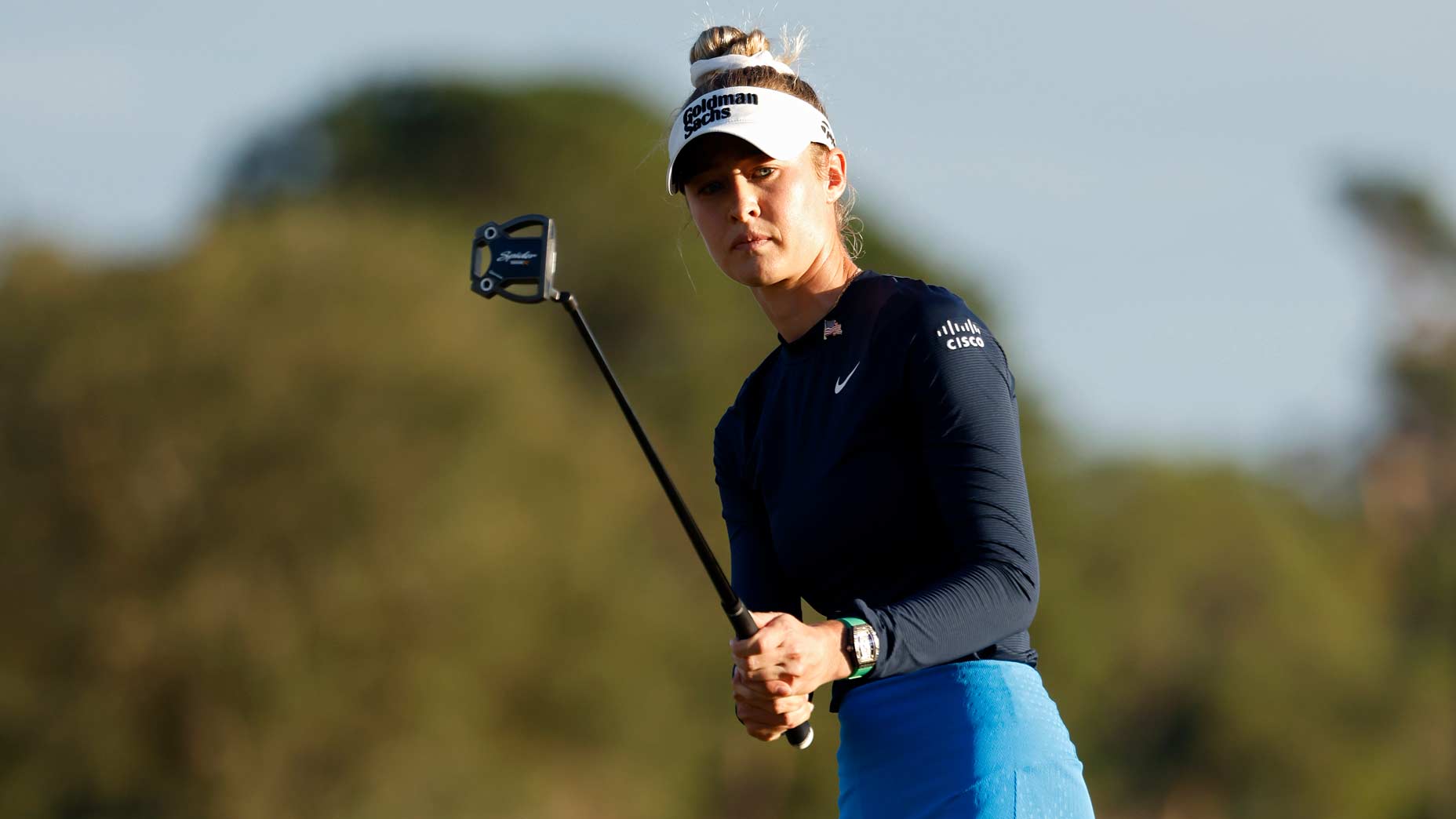 L.A.B. Golf OZ.1 and OZ.1i putters: 5 things to know
L.A.B. Golf OZ.1 and OZ.1i putters: 5 things to know
What you can learn from Tiger Woods’ putter head and grip weight

David Orr knows a thing or two about what it takes to get to the top — particularly when it comes to putting. As one of the top golf instructors in the industry, Orr has worked with countless high-profile names on their flatstick during his nearly 30 years of coaching, including Justin Rose, Brad Faxon, Suzann Pettersen, Paul Casey and Trevor Immelman.
Working with a wide range of personalities and abilities can teach you a lot about the putting stroke. During a recent interview with GOLF’s Fully Equipped podcast, Orr highlighted three “putting fallacies” he’s picked up on during his time around elite professionals and amateurs.
According to Orr, you should stop thinking about your stroke as a pendulum — maintaining the same tempo and back-and-through motion — which can eventually lead to issues with your timing and distance control.
“It’s more about coordinating,” Orr said. “That’s what I see with putting strokes. It’s how you coordinate the stroke, but also how coordinated you are.”
One of the trends Orr has seen in the industry in recent years is a shift toward heavier, high-MOI (Moment of Inertia) putters designed to eliminate head twisting during the stroke, and larger grips that eliminate wrist action by placing a larger emphasis on the shoulders and big muscles. It’s a trend that has Orr believing manufacturers and instructors are moving in opposite directions at the moment.
ADVERTISEMENT
“The industry is making putters heavier, bigger grips — more weight, more mass,” he said. “What’s interesting is they’re creating sledgehammers.
“… I think the industry is going one way and putting instruction is going another way.”
While the trend toward heavier and more forgiving has worked for countless players on Tour, Orr pointed out that many of the best putters in the history of the sport have shied away from heavier flatsticks for something lighter — be it the head weight, grip, shaft or all of the above.
“Look at the weight of the putters used by the best players in the game,” Orr said. “Very light, got a little flection in the shaft.”
Orr used Tiger Woods, Brad Faxon (even though his putter is actually D7 swing weight) and Ben Crenshaw as examples of elite putters who’ve succeeded with something on the lighter side of the weight spectrum. For example, Woods’ Scotty Newport 2 GSS head weighed 326 grams when it was first produced, and the Ping PP58 grip added just 58 grams to the overall build.
By today’s standards, where 340 to 350 grams is the norm for head weight and standard grips tip the scales around 75 to 85 grams, Woods’ putter is considered feathery.
Sure, Woods has other-worldly feel on his side — something only a few golfers in the history of the sport have ever possessed — but it’s still worth pursuing the idea of following the 15-time major winner’s lead and trying out a lighter wand, as opposed to defaulting to a heavier option.
So what will you notice going to a lighter putter? Aside from the weight change, you might pick up a bit more speed, feel and notice the head moving more during the stroke.
“If you look at Tiger Woods, he works the putter open-closed, but most players keep it relatively neutral,” Orr said in a recent GOLF article. “How the player gets the face squared at impact is important.”
In the end, putter head and grip weight comes down to personal preference. Some may find they struggle with speed and consistency with a lighter putter, while others might find the opposite. The only way to find out if a lightweight putter is right for you is to get fit and see how it stacks up to what’s currently in your bag.
To hear more gear insights from Jonathan Wall and True Spec’s Tim Briand, subscribe and listen each week to GOLF’s Fully Equipped podcast: iTunes | SoundCloud | Spotify | Stitcher
ADVERTISEMENT







